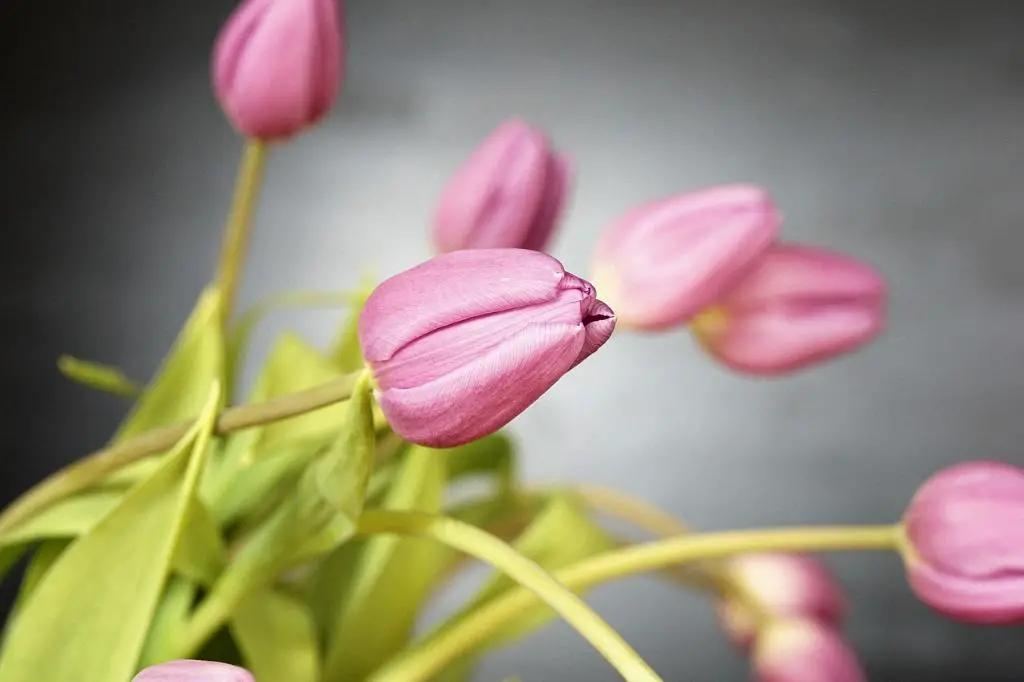Planting tulips from bulbs can be a rewarding experience for any gardener. To begin, select healthy tulip bulbs that are firm and free from any mold or soft spots. It’s essential to choose a planting location that receives full sunlight and has well-drained soil to ensure proper growth.
Before planting the tulip bulbs, prepare the soil by loosening it to a depth of about 12 inches. Dig a hole that is 5-7 inches deep and place the bulbs with their pointy ends facing upward. Space the bulbs 4-5 inches apart to allow room for growth and adequate airflow.
After placing the tulip bulbs in the ground, cover them with soil and water the area thoroughly. This initial watering helps to settle the soil and provides the bulbs with moisture to kickstart their growth process. Remember not to overwater, as tulip bulbs are susceptible to rot in waterlogged conditions.
Once planted, the tulip bulbs require a period of cold temperature to stimulate root development. This process, known as vernalization, is essential for the bulbs to bloom successfully in the spring. Therefore, it’s best to plant tulip bulbs in the fall, allowing them to experience the winter chill before sprouting in the warmer months.
During the winter months, ensure that the planted tulip bulbs have adequate protection from extreme cold temperatures. Adding a layer of mulch or straw over the planting area can help insulate the bulbs and prevent frost damage.
As spring approaches, keep an eye on the tulip bed for signs of new growth. Once the tulips begin to emerge, continue to water the plants regularly, especially during dry spells. Avoid overwatering, as soggy soil can lead to bulb rot.
After the tulips have bloomed, avoid the temptation to cut off the foliage immediately. The green leaves play a crucial role in photosynthesis, helping the bulbs store energy for the next growing season. Allow the foliage to wither and turn yellow before removing it from the plant.
When removing spent foliage, gently pull it from the base of the plant to avoid damaging the bulbs below. Discard the withered leaves in a compost pile or trash bin to prevent disease spread and promote overall plant health.
Once the foliage has been cleared, consider adding a balanced fertilizer to the tulip bed to replenish the soil with essential nutrients. This extra boost can help the bulbs grow strong and produce robust blooms in the following year.
For optimal tulip bulb health, it’s a good practice to allow the plants to go through their natural growth cycle without interference. Avoid cutting back foliage too soon or removing bulbs prematurely, as this can disrupt the plants’ natural rhythm and impact their future blooming potential.
In conclusion, growing tulips from bulbs is a straightforward process that can yield beautiful blooms with proper care and attention. By following these steps and guidelines, you can enjoy a vibrant display of tulips in your garden year after year.

